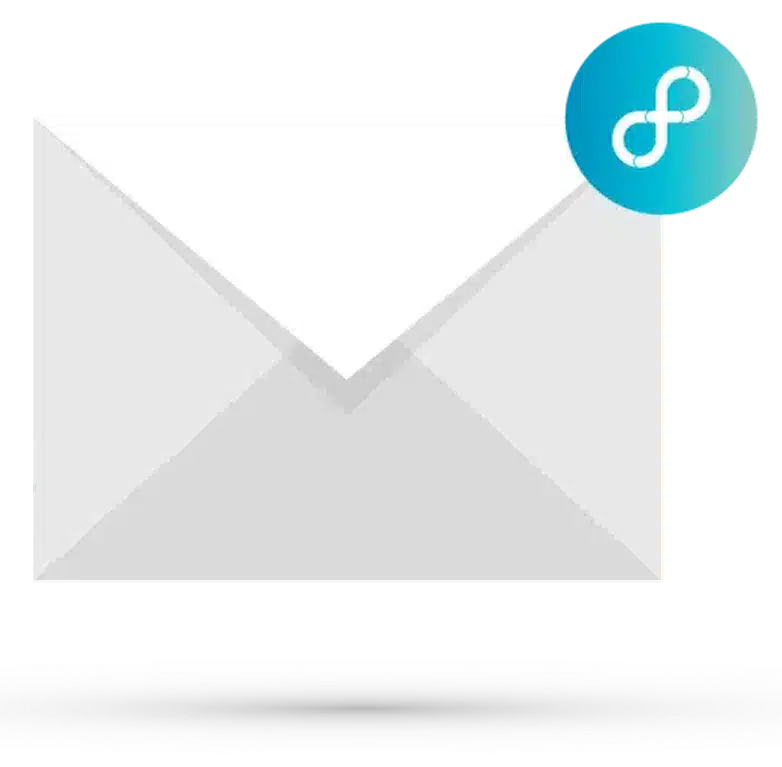
HR.com’s state of today’s HR tech stack and integrations 2024
HR.com’s state of today’s HR tech stack and integrations 2024
A survey reveals that HR budgets increasingly prioritize technology, yet many struggle to achieve business goals with HR tech stacks.
Many companies are allocating a significant portion of their HR budget towards technology, with expectations of further increases in the next two years. However, despite this investment, many organizations face difficulties achieving their business objectives with their HR technology stacks. These challenges include problems integrating various solutions, usability issues, and adapting the stack to evolving business needs.
Technology remains the highest-growing proportion of the HR budget. Most firms anticipate that they will continue to increase their investment in HR tools over the next two years. Yet, our survey found that many organizations are struggling to achieve business objectives with their HR technology stacks (aka, HR tech stacks).
Key issues in the HR tech stack include challenges with integrating multiple solutions, frustrating usability issues, and difficulties with reconfiguring the stack to adapt to changing business needs.
Employee experience is a top priority
The employee experience remains a key objective for the HR tech stack in many organizations. A high proportion of our respondents hope that additional training and the introduction of artificial intelligence and automation innovations into their tech stack will enhance the end-user experience.
Meanwhile, people analytics is also an area with significant room for improvement. While most of our respondents can extract accurate data from their HR tech stack, translating that data into actionable insights is still challenging for many.
To better understand the current state of the HR tech stack, our report explores several key topics, including:
- The main use cases for HR technology
- The challenges with integrating multiple HR tools into the tech stack
- The business impact of people analytics tools
- The biggest problems that HR professionals have with their tech stacks
- An overview of the top findings from the study is listed in the following section:
Defining the HR Tech stack
Within the context of the survey, we provided survey respondents with the following definition:
The Human Resources Technology Stack (aka, HR tech stack) represents an organization’s totality of technological solutions that HR uses to achieve its strategic goals, fulfill its various roles, and carry out its tasks in easier, better, and more efficient ways. Non-HR stakeholders (e.g., employees and contract labor) may also use portions of the HR tech stack to meet various needs, from self-service applications to learning and development (L&D). Components of the HR tech stack may include modules in a larger suite and/or point solutions that are stand-alone or integrated with other HR technologies. The HR tech stack can also be integrated with other business applications or platforms that are not HR-focused, such as business-process modules in an enterprise resource planning system (ERP).
You might also like...
Get the latest talent news in your inbox every month
By submitting this form, I consent to Eightfold processing my personal data in accordance with its Privacy Notice and agree to receive marketing emails from Eightfold about its products and events. I acknowledge that I can unsubscribe or update my preferences at any time.
